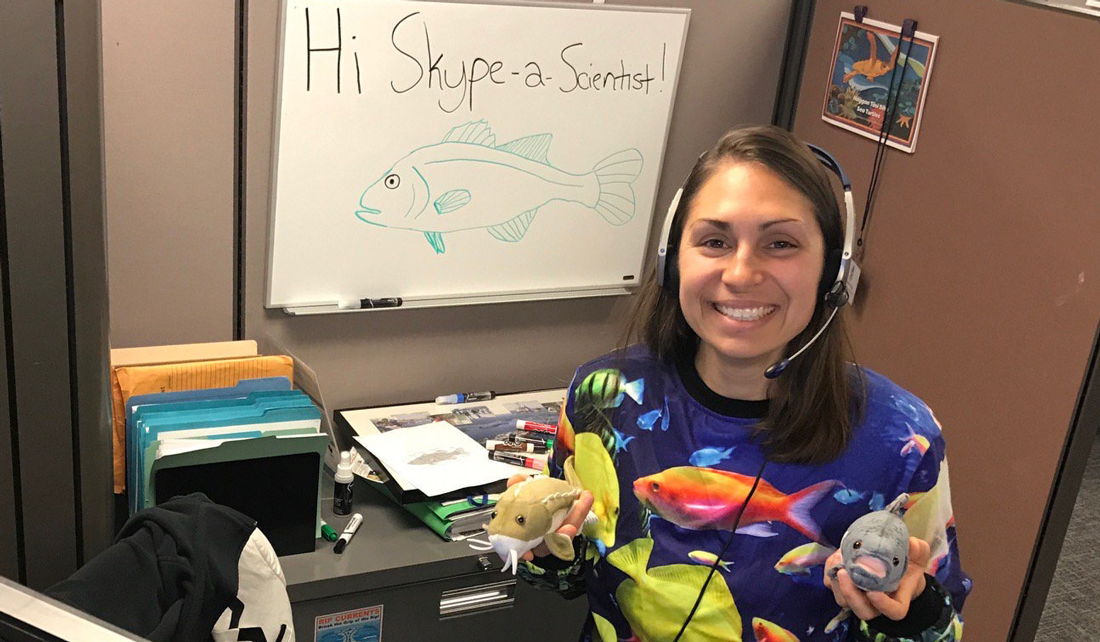
Each year, graduate students nominated by Illinois-Indiana Sea Grant for the National Oceanic and Atmospheric Administration (NOAA) Knauss Fellowship turn in a report at the end of their tenure as a fellow. This year, it was time for Katie O’Reilly—a doctoral candidate at Notre Dame and the brilliant @DrKatfish on Twitter—to say goodbye and reflect on her growth and achievements over the past twelve months.
“In true communicator style, I decided to create a web page for my report, 2018 Knauss: A Year in Review,” O’Reilly said. “This truly amazing experience would not have been possible without the support from all of you: everyone at Illinois-Indiana Sea Grant, the Sea Grant Knauss team, my PhD advisor Gary, and especially my Sea Grant mentor Brooke. I cannot thank you all enough for giving me this opportunity to grow in my career.”
If you want a fun and interesting way to dive into the world of a NOAA Sea Grant Knauss Policy Fellow, experience O’Reilly’s year as a fellow through her visual storytelling in 2018 Knauss: A Year in Review.

